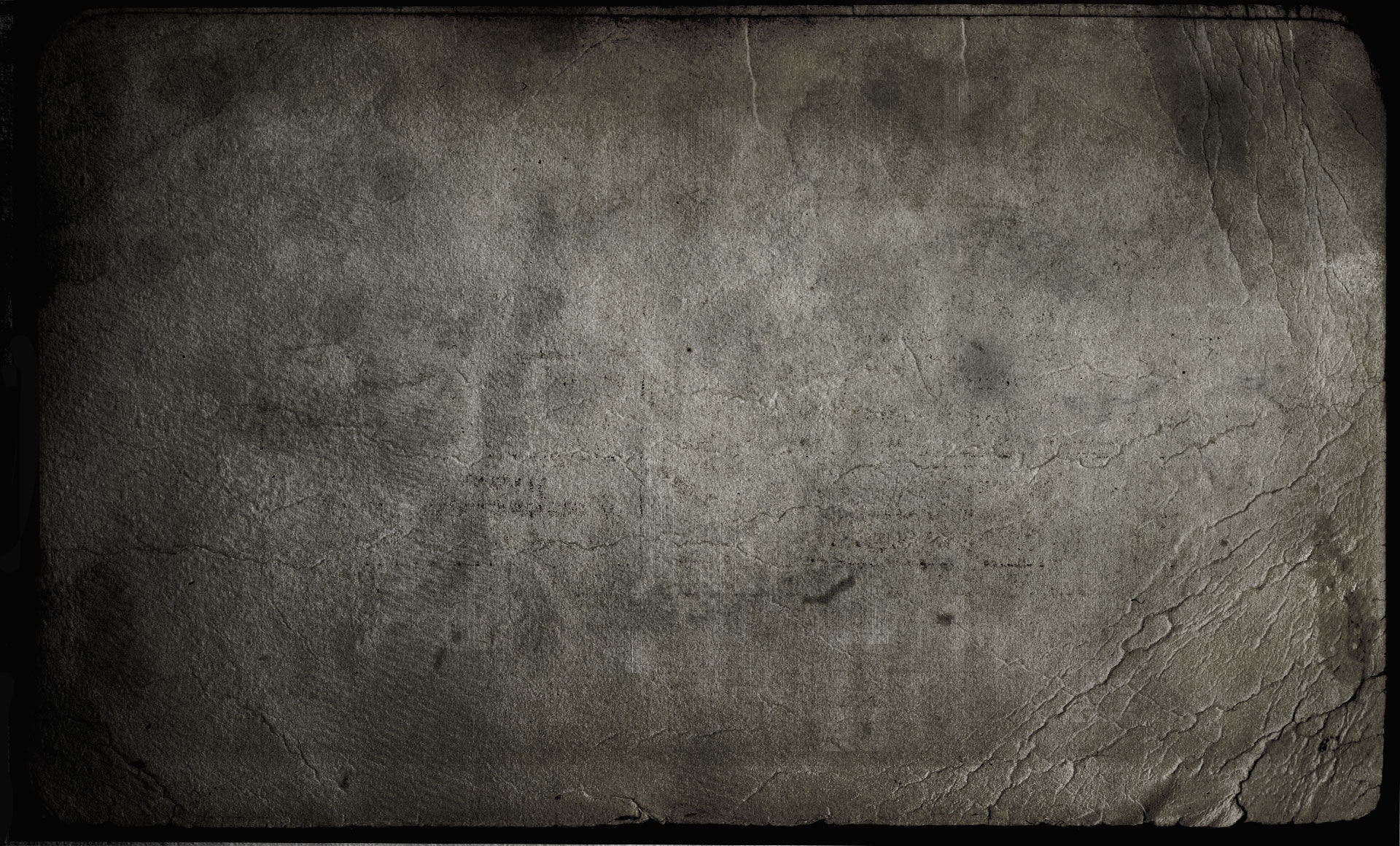

A Kings Castle
Mini Aussies





Closed Saturdays
Females

A KINGS CASTLES WILD WILD WEST
'ANNIE'
Collie Eye Anomaly (clear)
Cone Degeneration (clear)
Degenerative Myelopathy (clear)
Hereditary Cataracts (Australian Shepherd Type (clear)
Hyperuricosuria (clear)
Multidrug Resistance 1 (clear)
Multifocal Retinopathy 1 (clear)
Neuronal Ceroid Lipofuscinosis 6 (clear)
Progressive Retinal Atrophy, Progressive Rod-Cone Degeneration (clear)
CERF N/N

A KINGS CASTLES TOUCH OF CLASS
'CLASSY'
Collie Eye Anomaly (clear)
Cone Degeneration (clear)
Degenerative Myelopathy (clear)
Hereditary Cataracts (Australian Shepherd Type (clear)
Hyperuricosuria (clear)
Multidrug Resistance 1 (clear)
Multifocal Retinopathy 1 (clear)
Neuronal Ceroid Lipofuscinosis 6 (clear)
Progressive Retinal Atrophy, Progressive Rod-Cone Degeneration (clear)
CERF N/N

A KINGS CASTLES LIBERTY BELL
'LIBERTY'
Collie Eye Anomaly (clear)
Cone Degeneration (clear)
Degenerative Myelopathy (clear)
Hereditary Cataracts (Australian Shepherd Type (clear)
Hyperuricosuria (clear)
Multidrug Resistance 1 (clear)
Multifocal Retinopathy 1 (clear)
Neuronal Ceroid Lipofuscinosis 6 (clear)
Progressive Retinal Atrophy, Progressive Rod-Cone Degeneration (clear)
CERF N/N

Retired
A KINGS CASTLES CRYSTAL TIERRA 'CRYSTAL'
Collie Eye Anomaly (clear)
Cone Degeneration (clear)
Degenerative Myelopathy (clear)
Hereditary Cataracts (Australian Shepherd Type (clear)
Hyperuricosuria (clear)
Multidrug Resistance 1 (clear)
Multifocal Retinopathy 1 (clear)
Neuronal Ceroid Lipofuscinosis 6 (clear)
Progressive Retinal Atrophy, Progressive Rod-Cone Degeneration (clear)
CERF N/N